Why You Should Consider a ‘Second City’ Trip in 2024
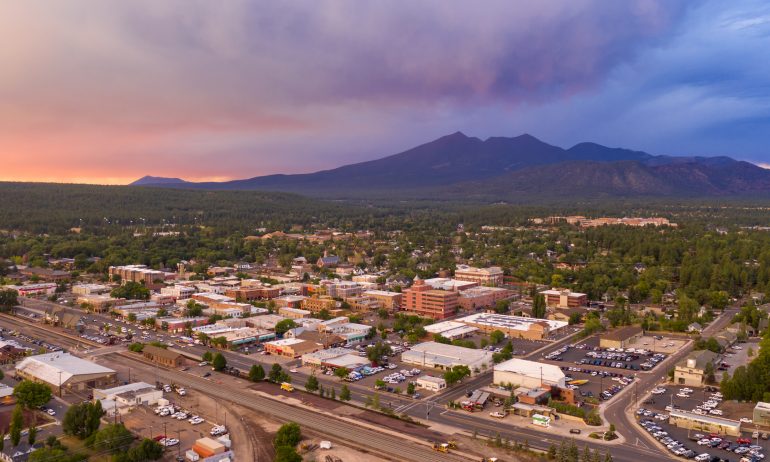
Many or all of the products featured here are from our partners who compensate us. This influences which products we write about and where and how the product appears on a page. However, this does not influence our evaluations. Our opinions are our own. Here is a list of our partners and here's how we make money.
Travel is expensive, crowded and kind of annoying right now. But if you're set on traveling yet want to get away from the crowds, there are plenty of excellent options. Enter the “second city” trip.
Second city is a somewhat ambiguous term, but it’s generally used to refer to the second-most populous city in a region, state or country. Some interpret it to extend out to the third, fourth or even 10th most populous cities in an area. In short: Skip the busy, high-priced, densely-populated metropolis for a smaller, less people-dense location.
Reasons to visit a second city in 2024
There are a couple of reasons to consider a second city trip:
You’ll avoid crowds: The reason to skip the big cities this year is simply to avoid the troves of people — for any reason, whether it's safety or physical well-being. For increasingly more people, the idea of a relaxing vacation means avoiding lines and hoards of people in general.
You’ll help reduce overcrowding: Your desire to avoid crowds also helps the hospitality and tourism industry. While sometimes maintenance issues or the weather is to blame for airline delays, often it is overcrowding — too many bags to load, too many people to board, and a snowball effect of rebooking full flights when they're canceled and spreading those people out amongst other full flights.
» Learn more: The best travel credit cards right now
You might not have to fly: Whether you don't feel comfortable flying, or you just don't want to deal with the chaotic state of airports in major cities right now, second cities might allow you to skip the airport completely.
Consider a road trip to a second city closer to home. If you live in Chicago, you might road trip to Milwaukee, Wisconsin to enjoy the western shore of Lake Michigan. If you're one of the many people who moved to Bozeman, Montana during the pandemic, head to Under Canvas Yellowstone on the west side of the park for a glamping experience.
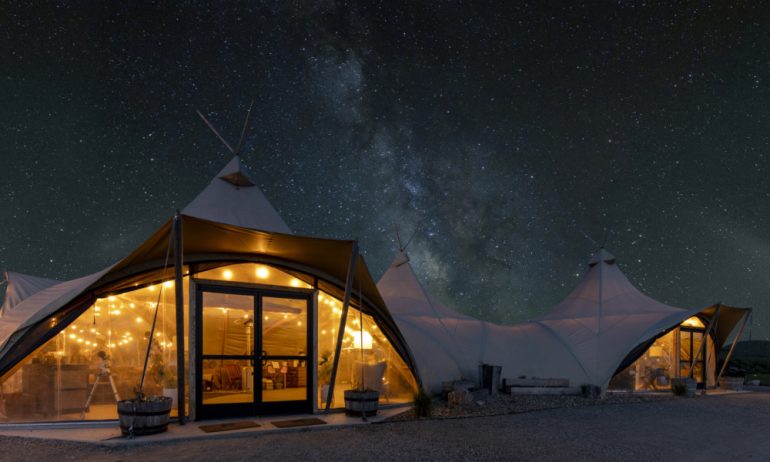
Under Canvas Yellowstone.
Or if you're heading someplace a bit farther away, maybe fly in and out of the smaller airport in a second city, then continue to the big city for the middle part of your trip.
For example, you might think you need to fly into Los Angeles International Airport for your Southern California adventure. But the airport is huge (and the crowds are even bigger) and it can feel chaotic. Even getting an Uber or Lyft can easily take an hour given that you need to hop on a shuttle just to get to the ride-share pickup area.
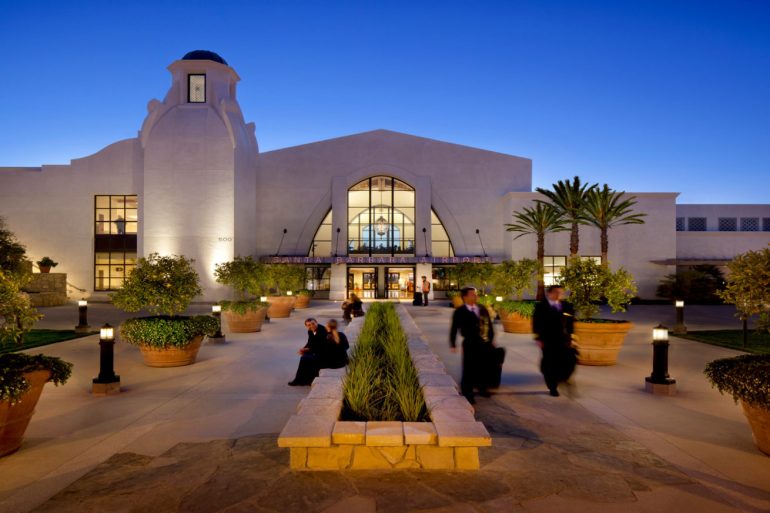
Santa Barbara Airport.
Instead, you might fly into Santa Barbara Airport or Long Beach if you're spending more time south, such as in Orange County. Both airports are delightfully charming destinations. Santa Barbara Airport's Spanish Colonial Revival architecture hardly resembles an airport. It offers nonstops to about a dozen destinations, and officials say more routes are on the way.
Both Southern California airports offer plentiful outdoor seating to soak up the California sunshine — something you won't find at many other airports.
You might be able to extend your trip — and take a 'workcation': Some travelers might actually opt to visit both the major and second cities. If you already flew across the country to San Francisco, you might as well maximize your trip by staying in Northern California for at least a few weeks — or even a month. Take your time; sip on Chardonnay in Sonoma or relax in the cabin after skiing in Lake Tahoe.
This is part of the trend of workcations, where you book accommodations for longer than usual, but still work eight hours in your (virtual) office.
The best U.S. second cities to consider for 2024
Here are some of the biggest tourist destinations in the U.S. — and a second city counterpart worth visiting:
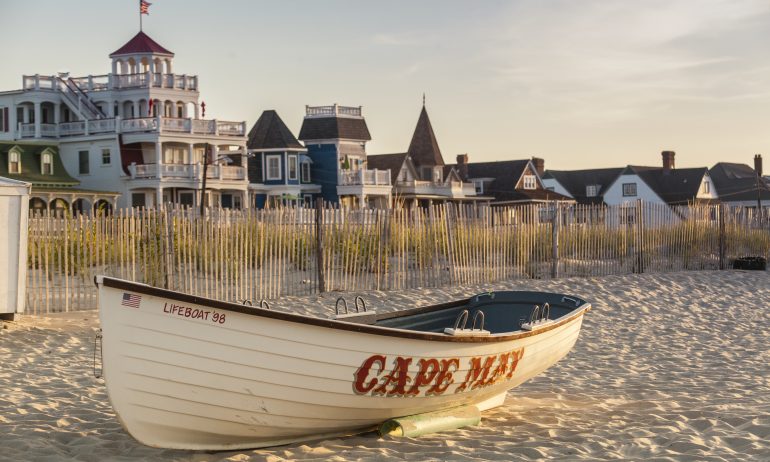
Cape May, New York.
1. Instead of New York City, visit Cape May, New Jersey
It's a roughly three-hour drive to this charming beach city. With the ocean on one side and grand Victorian homes on the other, sprawl out on the beach with views on all sides. There's lodging for every budget, from oceanfront luxury accommodations to beachfront motels. Whether it's strolling down the beach or window-shopping, you'll get your steps in; walking is often the best way to explore this own.
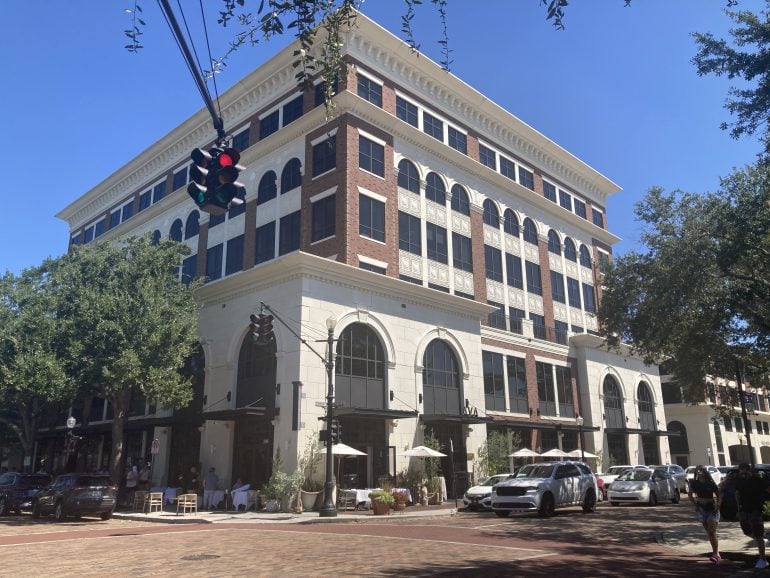
Park Avenue is the main street in Winter Park, Florida. (Photo by Sally French)
2. Instead of Orlando, visit Winter Park, Florida
While Orlando beckons with its theme park allure, Winter Park unveils a quieter charm. It stands out for its tree-lined, cobblestone streets and shopping promenade called Park Avenue, where you'll also find intimate bistros and upscale dining establishments, as well as boutique shops.
Highlights in the arts- and culture-filled city include Rollins College and the Charles Hosmer Morse Museum of Natural Art, plus tons of parks (where you might find a weekend farmer's market), lakes (where you might take a boat tour), a botanical garden and a golf course that has a spot on the U.S. National Registry of Historic Places.

The Glass Knife serves up unique donut flavors including the Fluffernutter, Pumpkin Spice Creme Brulee and Caramel Apple Fritter. (Photo by Sally French)
While there's plenty of food options, the perfect crossover for people with a sweet tooth and a penchant for photo-worthy plates should head to The Glass Knife. It's best known for unique sweets like over-the-top donuts and pop tarts, but there are also savory menu item too.
Tourists might stay at The Alfond Inn, which is a AAA Four Diamond property owned by Rollins College consisting of 112 guest rooms, a pool and its own high-end art collection. The hotel also stands out because the profits endow a scholarship program at Rollins.
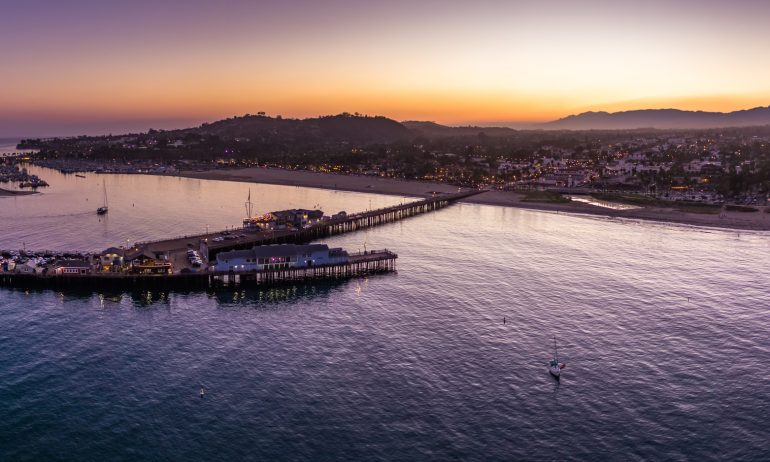
Santa Barbara, California.
3. Instead of Los Angeles, visit Santa Barbara, California
In the beach city of Santa Barbara, there's truly something for everyone. You might head inland for exceptional wine tasting. Adventurers might surf or kayak out on the ocean. If you love the beach but don't want to be in the water, you won't miss the iconic Stearns Wharf. Even if shopping isn't usually your thing, you can't miss the shops and showrooms, restaurants, bars, and coffee shops that line State Street, the main artery in town.
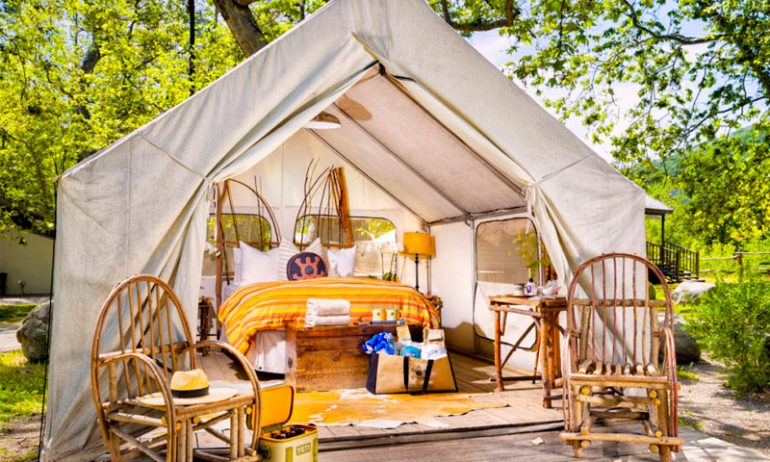
The Queen Safari Tent at Sun Uncharted El Capitan Canyon.
As far as lodging, Santa Barbara has plenty of options. For hotels bookable on points and miles in the downtown area, options include the Hotel Virginia Santa Barbara, Tapestry Collection by Hilton and the Courtyard Santa Barbara Downtown.
The fanciest folk will want to stay in the plush, oceanfront rooms of the Mediterranean-style Ritz-Carlton Bacara, Santa Barbara. Those seeking more unique accommodations will head just one city north to Goleta. Serious campers might pitch their tent or park their RV at Ocean Mesa RV Resort by Sun Outdoors. If you prefer real walls but still have a knack for adventure, head to the RV resort's sister site, Sun Uncharted El Capitan Canyon for safari tents, adventure yurts and stunning, private canyons.
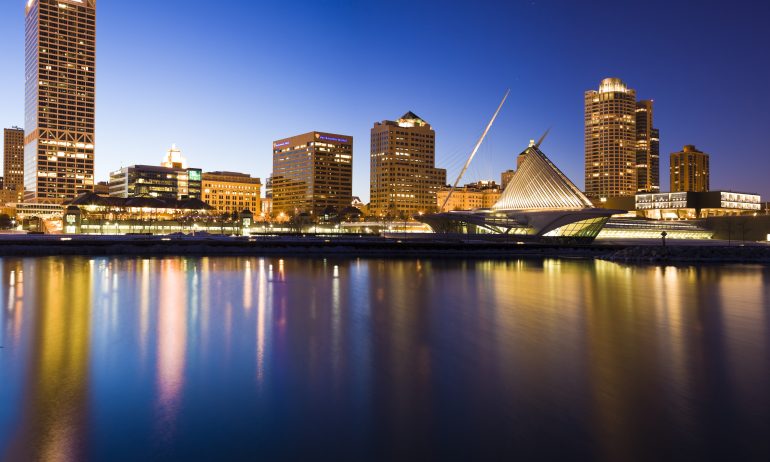
Milwaukee, Wisconsin.
4. Instead of Chicago, visit Milwaukee, Wisconsin
Hopefully you like beer, as Milwaukee as plenty of brewery tours. If you're more of a coffee person, they've got that too. Local chain Colectivo Coffee is a delight, especially if you can sip your espresso at the lakefront location. It's also an excellent city to spend down hotel points, as most of the major hotel companies — Hilton, Hyatt and Marriott — each have multiple properties to pick from.
Other cities around the U.S. that are heavily traveled by other tourists could also provide an opportunity for a second city trip:
Atlanta:
Dallas: Wine might not be your first thought when you hear “Texas,” but head to Fredericksburg, part of Texas Hill Country and home to over 100 wineries.
Las Vegas: Whether you’re trying to skip the strip completely, or you’re looking for an escape for a day or two, experience instead Nevada’s wild landscapes. Red Rock Canyon is only about a 20-minute drive from the Las Vegas Strip, yet it feels like it’s another world away.
» Learn more: How to find cheap things to do in any city
The best second cities in the U.S. to visit
The travel industry is gearing up to serve second city vacationers. New airlines (and new routes on legacy carriers) have emerged with routes to smaller cities, and hotels are opening to house these travelers. Get creative with the places you visit, and don’t overlook the benefits of visiting the second cities.
How to maximize your rewards
You want a travel credit card that prioritizes what’s important to you. Here are our picks for the best travel credit cards of 2024, including those best for:
Flexibility, point transfers and a large bonus: Chase Sapphire Preferred® Card
No annual fee: Bank of America® Travel Rewards credit card
Flat-rate travel rewards: Capital One Venture Rewards Credit Card
Bonus travel rewards and high-end perks: Chase Sapphire Reserve®
Luxury perks: The Platinum Card® from American Express
Business travelers: Ink Business Preferred® Credit Card
on Chase's website
1x-5x
Points60,000
Pointson Chase's website
1.5%-6.5%
Cashback$300
2x-5x
Miles75,000
Miles




